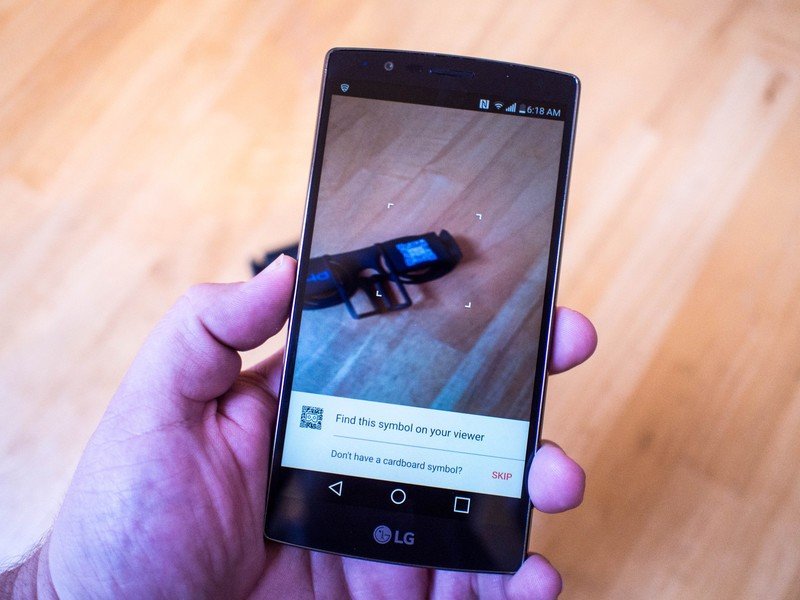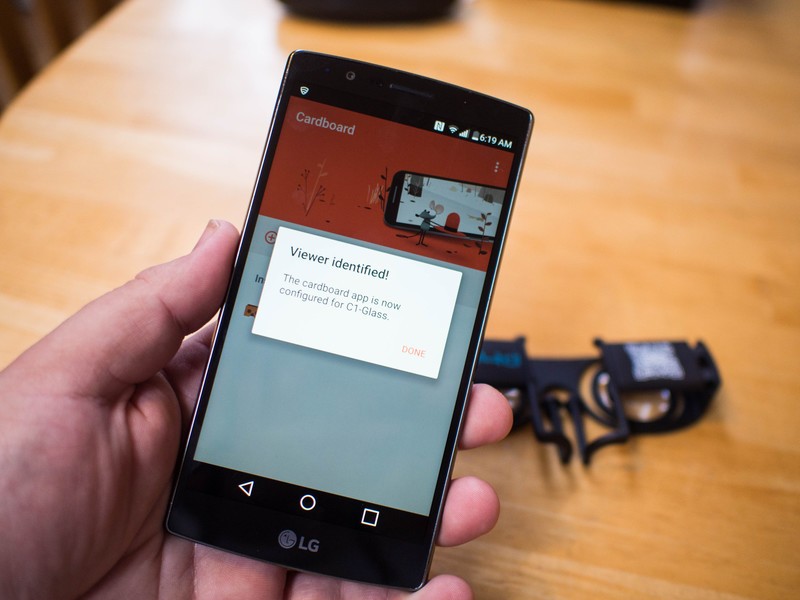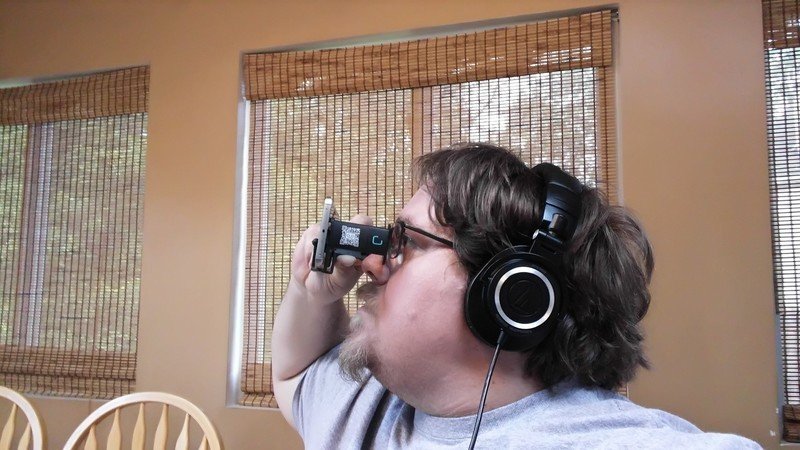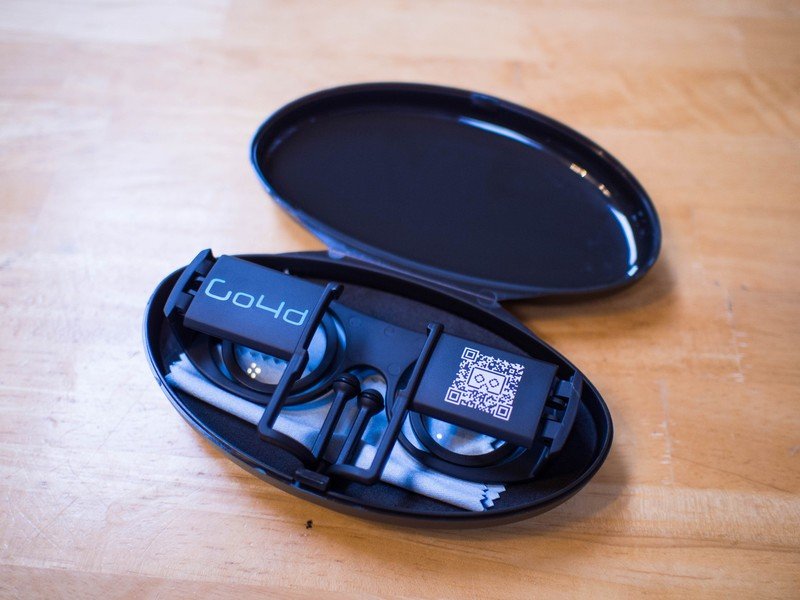Go4D C1-Glass — a compact Google Cardboard partner with large screen support

Google Cardboard may have started out as a 20% project, but in less than a year things have grown considerably. New apps with Cardboard support hit the Play Store on a weekly basis now, and Google's hardware partnerships have extended the project from a quirky DIY setup to a competent micro-VR platform.
Of all the accessories shown off when Google first announced their "Works with Cardboard" partnerships, the Go4D C1-Glass stood out as one of the more curious offerings, due largely to how different the design was from the Gen 1 Cardboard units handed out at Google I/O last year. It turns out this is one of the better Cardboard offerings out there, and not just for folks with phones that don't fit in the sleeve of your standard foldable VR accessory.



The biggest thing that stands out about C1-Glass is the design. Instead of placing the phone in an enclosure that eliminates most of the light in between your eyes and the display, something almost every VR headset does to help create that immersive experience, C1-Glass is just a little plastic frame to hold your phone with some aspheric lenses and a nose bridge. The distance between your eyes and the display is the same, but there's nothing keeping the light out at all. Curiously, throughout our testing, usage didn't suffer due to this design. It could be the absurdly great displays on the G4 and Galaxy S6, but the effect created by the split screen and lenses was unbroken. It worked the same as all the other Google Cardboard variants we've tested, only C1-Glass is much lighter and can be enjoyed without concern that prescription glasses would bump the casing or get in the way.
There's nothing on the sides of the phone with this design, which means there's no magnetic ring to flick.
As cool as it is to have a lightweight, collapsible design that can slide in your pocket and support just about any smartphone form factor — due in no small part to Google's new barcode-based calibration tool in the Cardboard app to adjust the display dimensions to fit the accessory instead of the other way around — C1-Glass is missing what many would see as a critical component in the design for Google Cardboard. There's nothing on the sides of the phone with this design, which means there's no magnetic ring to flick to make selections. You have to use your finger to tap the screen, which means you can't really use this setup for the VR shooter games that are out there and the experience is mostly ruined if you manage to leave a big greasy fingerprint right where you'd normally be watching something. There's also no way you'd ever be able to strap this design to your head, so using C1-Glass for more than a few minutes at a time isn't going to happen for most folks.

There's some obvious trade-offs here, but for $22 you get a slim Cardboard-alike in one of four colors and a nice case. If you primarily use Cardboard for passive experiences like Photospheres and 360 video playback, or if you just really want something that works with your Nexus 6, you'll find this is money well spent. If you're into more active VR experiences and aren't using a massive smartphone, there are less portable but more complete solutions for you already.
Get the latest news from Android Central, your trusted companion in the world of Android

